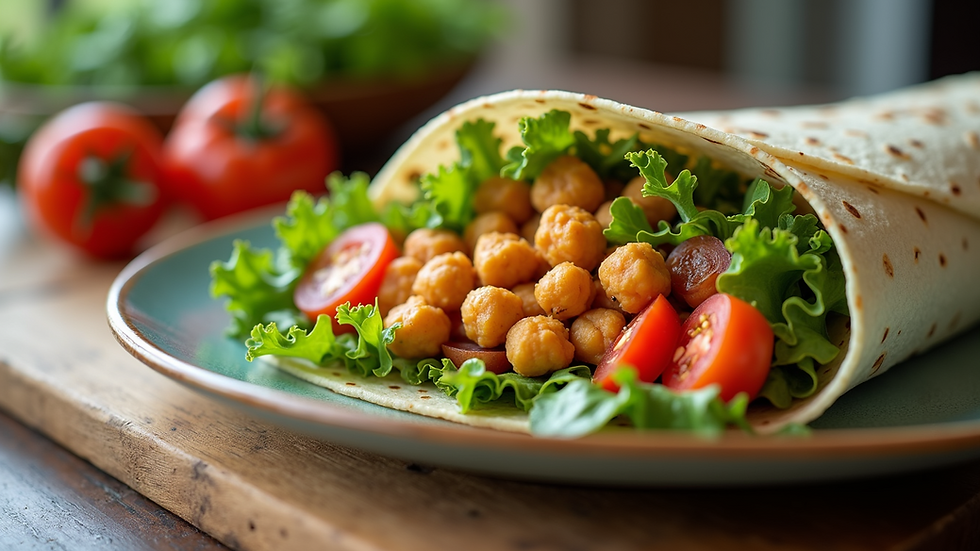Are You Eating for One or Two?
- Lellieth Keize

- Jan 20, 2021
- 3 min read
Updated: Aug 21, 2021

Introduction
Diabetes with pregnancy can be risky for you and your unborn child.
There are two types of diabetes with pregnancy, one is gestational diabetes (GDM) which is diabetes only during pregnancy and the other is pre-existing diabetes such as type one or type two with pregnancy. Eating too much of certain foods during pregnancy can elevate your blood sugar and harm your unborn child. Contrary to popular belief you are not eating for two!
The Risk for Your Baby
The risk for the unborn child during pregnancy is that the baby is likely to grow too large (more than 9 pounds) resulting in injury to the nerves in the shoulder and collar bone. The baby might have birth defects such as heart, brain, and spinal cord. In some cases, the baby might be stillborn. Also, the baby might have low blood sugar at birth, yellowing of the skin and eyes (jaundice), and at risk for obesity later in life.
The Risk for You
If you have GDM and pre-existing diabetes the risk is somewhat similar. For both pregnancies, you are likely to have preeclampsia if you have high blood pressure, high blood pressure if you were not previously diagnosed, infections of the bladder, vagina, and kidney. Also, preterm labor, injury from delivering a “big baby,” prolong labor (Cesarean section), and trouble breathing. For those with GDM the risk of getting type 2 diabetes later in life increases. For those with pre-existing diabetes, the risk includes gum disease, worsening of eye, kidney, heart, and nerve problems.
To manage diabetes and promote positive outcomes in pregnancy, the plan is to eat healthily, exercise regularly, and check blood sugar as recommended by your healthcare provider (HCP). Eating healthy includes eating a variety of foods from each food group; fruits, vegetables, grains, dairy, and protein foods to help with maintaining the blood glucose level that is recommended by your HCP
Eating healthy
Make half your plate vegetables and fruits which include fresh, canned, frozen, and dried. A quarter should be protein foods such as lean meat and poultry, fish, eggs, beans, cheese, nuts, and seeds. The other quarter should be whole grains such as brown rice, oatmeal, whole grain/whole wheat bread, quinoa, and popcorn.
Include the intake of low fat or fat-free dairy products such as milk, cheese, and yogurt. To further monitor carb intake you could consider switching to a plant-based product such as fortified soy beverage, almond, or cashew milk.
Try to use the nutrition label and monitor the intake of total carbohydrates (carbs) intake because carbs have the greatest effect on blood glucose.. it increases blood glucose if eaten in large amounts. Carbs are food such as starch (bread, rice, potato, corn, peas, pasta e.t.c); sugar (fruits, milk, yogurt, and foods with added sugars such as cake, cookies, pastries, and sugar-sweetened beverages. During pregnancy, you should avoid sugar-sweetened beverages, pastries, cakes, cookies, and large portions of starchy vegetables and fruits. You can always go back to your regular pattern of eating after delivery.
Eating healthy during pregnancy is individualize but on average the intake of carbs for breakfast should be between 15-20 grams of carbohydrates in the morning; 30-45 grams for lunch and 30-45 grams for dinner. The 2-3 snacks should be ~ 15 grams. It is best to eat foods high in fiber and whole grain and combine protein and carbs at each meal to have a balanced meal plan. Check your blood glucose 2 hours after each meal to help with guiding you to monitor your carb intake at meals and snacks.
Recommended Blood Glucose Level
The recommended level for your blood sugar is set by your HCP. The general recommendation is that fasting blood glucose (FBG) should be less than 95mg/dl and 2 hours after each should be 120 mg/dl. If the FBG consistently read above 95mg/dl you might want to talk to your HCP about starting on a diabetes medication to prevent adverse outcomes in your pregnancy.
Physical Activity
Physical activity is beneficial to lower blood glucose during pregnancy. The best time to exercise is after a meal. I usually encouraged patients to walk for at least 10 minutes after breakfast, lunch, or dinner. The body will clear the sugar out of the blood and send it to the muscles to use as energy resulting in a lowering of blood sugar. You should avoid high-impact activities that can cause falls or injury to your pregnancy.
Bottom Line
You are eating for one! High blood glucose during pregnancy can be risky for you and your baby. If you consume too many carbs during pregnancy you are at risk for a negative outcome in your pregnancy. It is best to follow a healthy dietary pattern and exercise regularly. The best practice is to talk to a registered dietitian or a certified diabetes educator for an individualized meal plan.






Comments